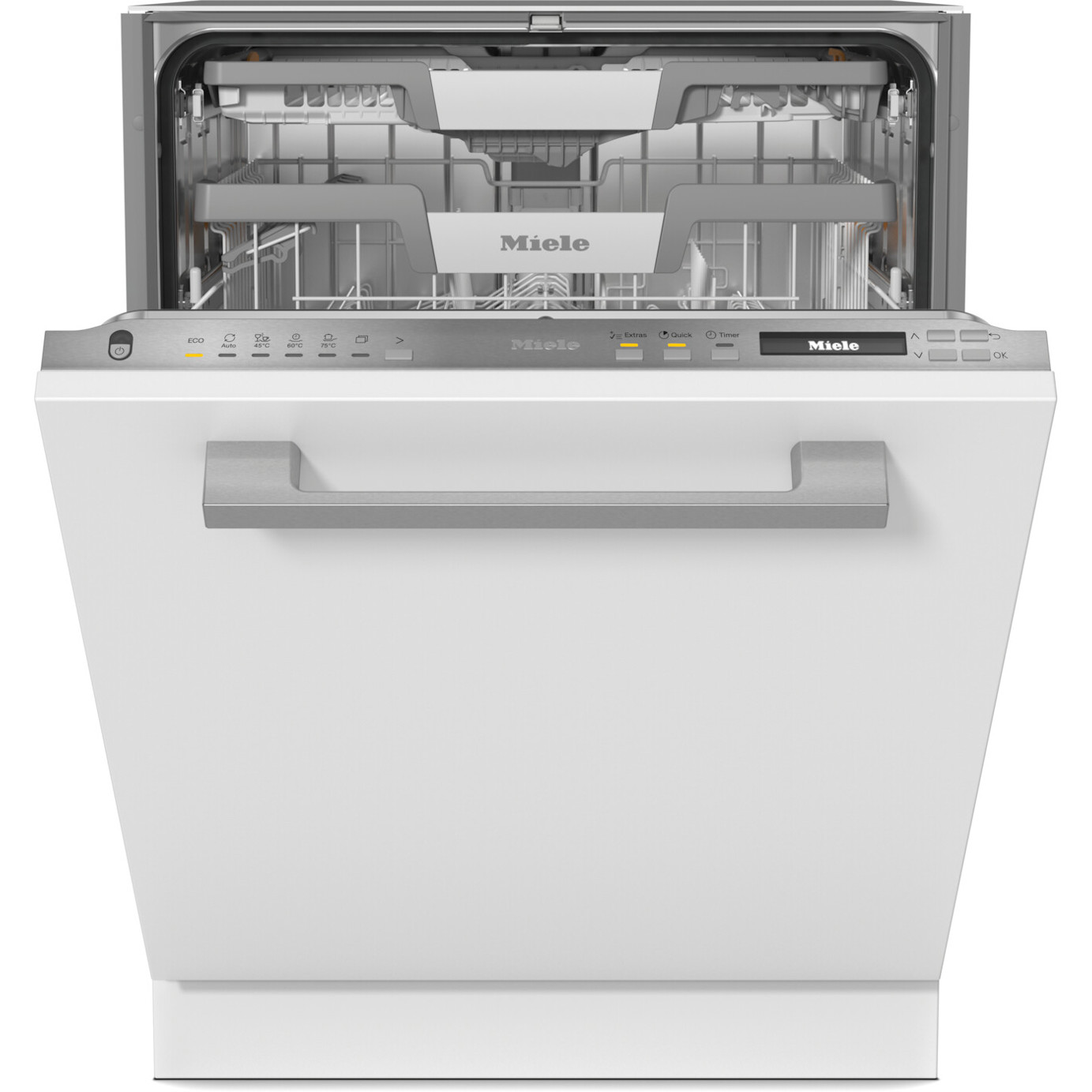Self-Contained Induction Hob Test: A Comprehensive Overview
Introduction
As the cooking world develops, so does the technology behind cooking home appliances. Amongst the notable advancements, induction hobs have actually become a frontrunner in energy-efficient cooking options. This blog site post looks into the complexities of self-contained induction hobs, discussing their features, advantages, typical mistaken beliefs, and in-depth screening approach.
Comprehending Self-Contained Induction Hobs
What Is an Induction Hob?
An induction hob is a cooking surface that utilizes electromagnetic induction to straight heat up pots and pans. Unlike traditional gas or electric cooktops, which count on heating components or flames, induction cooking warms the cookware itself, considerably improving effectiveness and control over cooking temperatures.
Self-Contained Induction Hobs
A self-contained induction hob is a standalone system that combines the cooking surface and the necessary electrical elements in one compact device. These hobs are perfect for small cooking areas, camping journeys, or for those who want versatility in cooking areas.
Secret Features of Self-Contained Induction Hobs
- Safety: Induction hobs stay cool to the touch, reducing the threat of burns.
- Energy Efficiency: Approximately 90% of energy is directed to the pots and pans, reducing waste.
- Temperature level Control: Fine-tuning heat settings is much faster and more exact compared to traditional approaches.
- Easy to Clean: The flat surface is simple to clean down, and spills do not burn onto the surface.
- Portability: Many self-contained systems are lightweight and compact, making them simple to transportation.
Benefits of Using Self-Contained Induction Hobs
| Benefit | Description |
|---|---|
| Quick Cooking | Quick heating minimizes cooking times considerably. |
| Ecological Impact | Lower energy usage translates to a smaller sized carbon footprint. |
| Very Little Heat Loss | Less ambient heat keeps cooking areas cooler, specifically in summer season. |
| Flexibility | Can be used for various applications consisting of however not restricted to indoor and outside cooking. |
| User-Friendly | Intuitive controls make them available for cooks of all levels. |
Checking Self-Contained Induction Hobs
Checking an induction hob needs a methodical technique to examine its efficiency, performance, and safety. mouse click the following post following criteria form the basis for a detailed examination.
Checking Methodology
Table 1: Performance Testing Criteria
| Requirement | Description |
|---|---|
| Heating Time | Measure time taken to boil water or reach wanted temperature. |
| Temperature level Control | Take a look at the precision and responsiveness of temperature level settings. |
| Energy Consumption | Display energy usage throughout the cooking period. |
| Security Features | Examine automated shut-off, surface temperature, and security lock mechanisms. |
| Reduce of Use | Examine the user interface, control design, and direction clearness. |
| Portability | Examine the weight and general ease of motion. |
Evaluating Process
Heating Time
- Start by filling a basic pot with a specific volume of water (e.g., 1 liter).
- Tape the time required to reach a rolling boil.
- Repeat the test under various settings to determine consistency.
Temperature level Control
- Set the induction hob to various temperature levels (e.g., low, medium, high).
- Use an infrared thermometer to confirm the temperature level precision of the cooking surface and pots and pans.
Energy Consumption
- Utilize a power meter to track energy usage during cooking.
- Compare this data versus standard cooking techniques, if applicable.
Safety Features
- Test the automatic shut-off feature by shutting off the hob during use.
- Assess the surface area temperature level after cooking to guarantee minimal burns.
Ease of Use
- Take part in a user test, including amateur and experienced cooks, to acquire feedback on control usability and clarity.
Portability
- Examine the hob for weight, size, and the effectiveness of features like cord storage for simple transportation.
Analysis of Results
After performing the tests, compile the information into a comprehensive report that summarizes the findings.
Table 2: Summary of Test Results
| Function | Findings |
|---|---|
| Heating Time | 1 liter of water boiled in 4 minutes at maximum setting. |
| Temperature level Control | ± 1 ° C deviation from set temperature reported. |
| Energy Consumption | 1500 W average usage during peak cooking. |
| Safety Features | Automatic shut-off triggered after 10 minutes of inactivity. |
| Relieve of Use | 90% of users found controls intuitive and informative. |
| Mobility | Weighs 4 kg, compact measurements of 60 cm x 40 cm. |
Frequently Asked Questions About Self-Contained Induction Hobs
Q: Are all pots and pans types compatible with induction hobs?
- A: No, pots and pans needs to be ferrous (magnetic). mouse click the following post -steel and cast iron are usually compatible, while glass, ceramic, and aluminum without a magnetic base are not.
Q: Can induction hobs be used outdoors?
- A: Yes, supplied there's access to an appropriate source of power. Lots of portable designs are designed for outdoor use.
Q: Are self-contained induction hobs energy efficient?
- A: Yes, induction hobs are more energy-efficient than other cooking approaches, using nearly 90% of the energy produced efficiently.
Q: What upkeep is required for induction hobs?
- A: Regularly tidy the surface area after use to avoid spots and scratches. Avoid abrasive cleaners.
Q: Do induction hobs make noise?
- A: Some might produce a slight buzzing sound when in use, which is normal and might vary based upon the cooker's power settings.
Self-contained induction hobs represent a considerable advancement in cooking innovation, providing safe, efficient, and practical cooking options. Through organized testing and examination, these versatile appliances can fulfill the needs of modern-day cooking practices. As innovation continues to advance, the advantages of induction cooking are large, impacting sustainability and improving the overall cooking experience.

